HISTORY
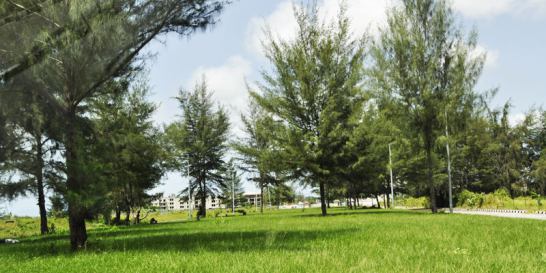
Panoramic view of Banana Island taken from the Lekki-Ikoyi Link Bridge.
The original Banana Island construction project entitled “Lagoon City” was the brainchild of the Late Chief Adebayo Adeleke, a University of London trained Civil Engineer (MICE), and CEO of City Property Development Ltd.
Chief Adebayo Adeleke had originally commissioned a new urban development in Maroko, Victoria Island, but that project had been ‘acquired’ by the Lagos State government with no financial consideration paid. Following a lengthy 10 year court case, Lagos State government offered other parcels of land as consideration for the Maroko development.
Many scoffed at Chief Adeleke’s decision to select the Ikoyi Island perimeter, however they were unable to appreciate the foresight of the Chief, who promptly engaged the Westminster Dredging Company to dredge the foreshore, and create six interlinked and symmetrical islands.
He wanted to create a development that would “Make Nigeria Proud”, and engaged Minoru Yamasaki the architect of Manhattan’s Twin Towers, to design replica twin towers as the flagship iconic buildings on the main island.
To complete the Lagoon City concept, Chief Adeleke planned an aesthetic design including a City Airport, which was a vision conceived long before the London Docklands Development, London City Airport, Dubai’s Palm Islands or Hong Kong’s Chek Lap Kok Airport.
Unfortunately for the Chief, as soon as he had reclaimed the land and the brilliance of the idea was unveiled, others were determined to wrestle the land from him, and the project was ‘acquired’ again with no consideration being paid to City Property Development Limited. The ‘acquisition’ is currently being challenged in various courts, and there are Caveat Emptor warnings in place to warn prospective buyers that their investment could be at risk in future. There is also litigation pending in the UK and European courts regarding this matter.
The subsequent developers were principally interested in maximising the yield of the land at the expense of the aesthetic innovative design foreseen by Chief Adebayo Adeleke. Consequently the land was filled in to create a banana shaped island, which has resolutely failed to achieve any international iconic architectural acclaim, as it is now a residential scheme rather than the commercial development originally envisaged.
The Island is a planned, mixed development with dedicated areas for residential, commercial and recreational activities. On the residential side of the Island, planning permission is not granted for dwellings over 3 storeys high. The developers also intend to develop a main piazza, a club-house, a primary and secondary school, a fire and police station and a medical clinic. They are also negotiating to build a 5-star hotel on the island, along with an array of smaller Guest Houses.
SEE ALSO: You just have to see what a Kenyan lady wrote about Nigerian men… Everyone is talking about this!
FACTS ABOUT BANANA ISLAND

Etisalat was reported to have acquired a N6 billion on the island. Other companies such as Zain, MTN, Globacom, Zenon Oil, and many other companies have their headquarter offices in Banana Island. Many prominent Nigerians are known to have erected eye-popping edifices in Banana Island as well.
Banana Island hosts several high end residential developments such as Ocean Parade Towers – a series of 14 luxury tower blocks strategically situated at one end of the island to take advantage of 180 degree panoramic views overlooking the lagoon. Similar to many of the developments on the island, it has dedicated leisure facilities such as a private health club – with tennis courts, squash courts and a swimming pool surrounded by extensive gardens. At launch flats in Ocean Parade sold for over US$400,000.





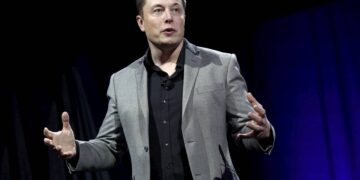

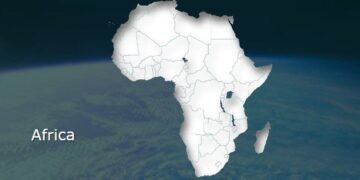


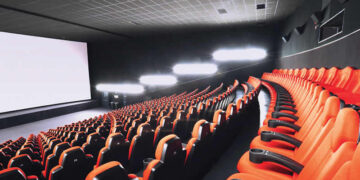















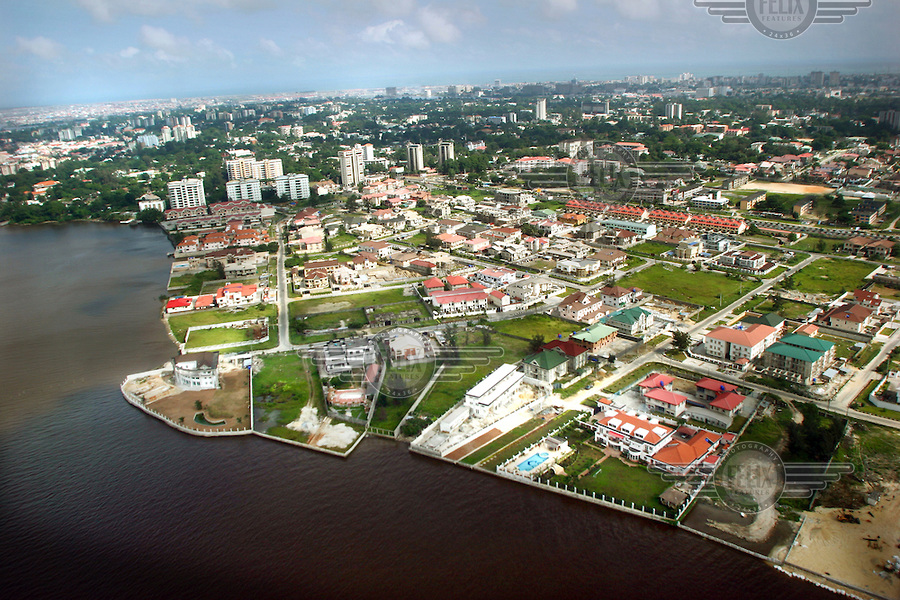









Discussion about this post